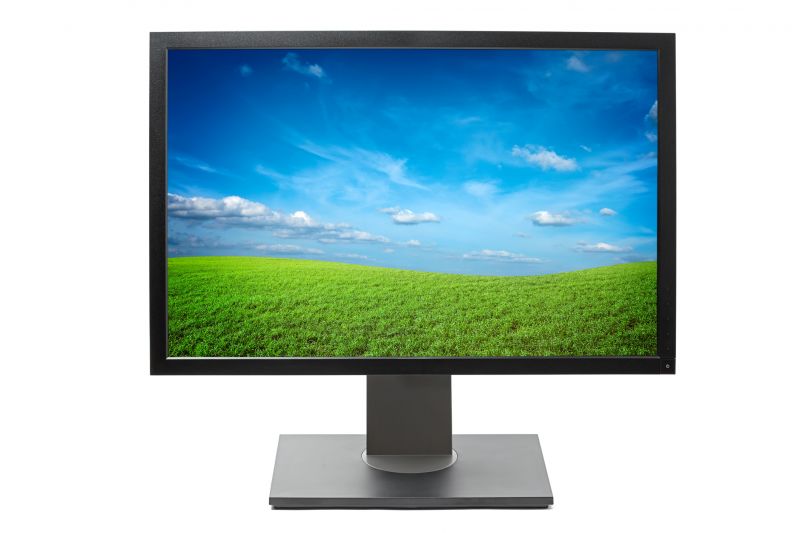Optimal Timing for Windows Installations
Windows installations are most effective when planned during periods of minimal disruption. Typically, the best times are during scheduled maintenance windows or low-traffic periods to ensure smooth setup and minimal impact on daily operations.
Spring and fall often provide ideal weather conditions for on-site Windows installations, reducing delays caused by extreme temperatures or weather events.
Performing installations during off-peak hours or holiday periods minimizes disruption to business activities and customer service.
Early planning and scheduling ahead of busy periods ensure adequate time for setup, testing, and troubleshooting without rushing.
Aligning Windows installations with software updates or hardware upgrades can optimize system performance and security.

Image depicting a technician installing Windows on a server.

Image showing a calendar marked with scheduled installation times.

Image of an office during off-peak hours with minimal activity.

Image of a clear sky ideal for on-site Windows installation activities.
| Timing Consideration | Details |
|---|---|
| Seasonal Timing | Spring and fall offer moderate weather conditions, reducing delays. |
| Business Hours | Off-peak hours minimize operational disruptions. |
| Advance Planning | Scheduling ahead ensures availability and readiness. |
| Coordination with Updates | Aligning with system updates enhances performance. |
| Weather Conditions | Avoid extreme temperatures and adverse weather for on-site work. |
| Holiday Periods | Utilize holiday breaks for less busy installation times. |
| Technical Readiness | Ensure hardware and software are prepared prior to installation. |

Technician working on a computer during installation.

A calendar with scheduled Windows update periods.

Empty office space during late evening hours.

Clear skies ideal for on-site Windows work.

Arranged hardware ready for installation process.

Display of update schedule on a computer screen.

IT team coordinating installation plans.

Office setup during low-traffic hours.
Understanding the optimal timing for Windows installations can significantly enhance system performance and reduce operational downtime. Proper scheduling ensures that updates and hardware upgrades are integrated smoothly, minimizing disruptions and maximizing efficiency. Planning ahead and considering seasonal, operational, and weather factors contribute to successful implementation. Statistics support the benefits of strategic timing, with notable reductions in downtime and increased productivity.
Interested in scheduling a Windows installation? Filling out the contact form provides an opportunity to discuss available options and optimal timing tailored to specific operational needs. Proper planning and timing can lead to a seamless upgrade process and improved system reliability.


